After watching Pacific Rim: Thunder Comes Again, I really miss the gyro.
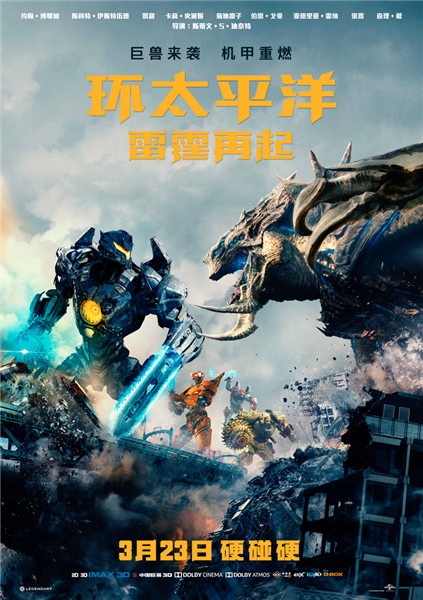
Special feature of 1905 film network As a true fan, after waiting for 5 years, the sequel of this series (hereinafter referred to as "Pacific Rim 2") was finally released!
We must know that the birth process of this film can really be described as twists and turns: first, the producer Universal Pictures worried that the market performance was repeatedly delayed, which indirectly led to the former director "Gyro" retreating to the second line due to work conflicts, and then Legendary Pictures decided to enter the game, but it experienced a wave of turmoil acquired by Wanda Pictures … … The whole project has been tested on the edge of "premature death" many times, and it is simply scary to see this powder.
This tense mood continued until I finally walked into the cinema to watch "Pacific Rim 2". After all, the man at the helm has changed from "the famous monster iron powder" and "the senior otaku" guillermo del toro to Steven S. DeKnight who directed the first large-scale commercial film. Can the latter really Hold the "Pacific Rim" series? Such doubts have always existed since the first day he took over the project.
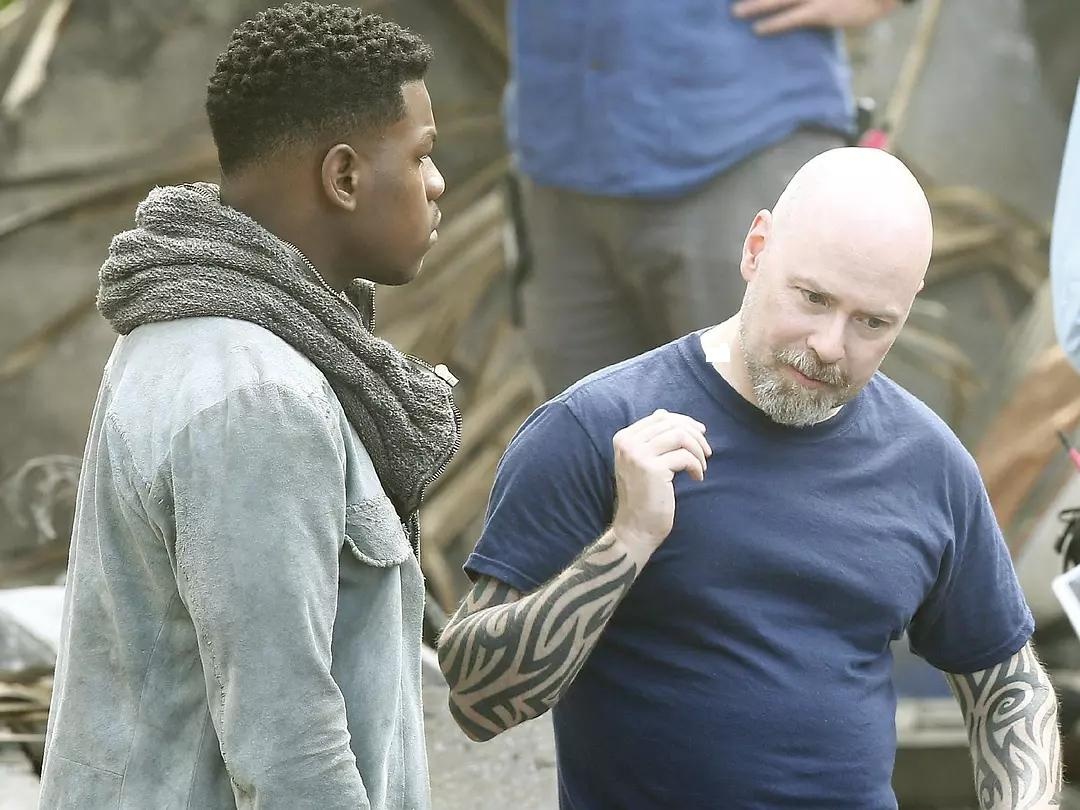
In fact, like "Gyro", Steven is also a fan of Japanese anime, special films and monster movies. According to the theory of "dimension", the two people’s preferences are not far apart. However, the image style of "Pacific Rim 2" finally presented on the screen is quite different.
Friends who have seen the previous film should still be deeply impressed. Just like the Oscar-winning film "Top" recently landed in the mainland cinema, the first episode of "Pacific Rim" is also quite "dark" and "metal punk". In the movie, the main character of the mecha, "Dangerous Wanderer", and the monster Kaiju both played in the dark rainy night. Whether it is the naval battle in Alaska or the peak confrontation between Hong Kong port and city center, there are basically two or three lights (searchlights and neon lights), and it keeps raining.
If you don’t think about it carefully, you may think that this special effect of black paint is to save money. But if you look at the production costs of Pacific Rim and Pacific Rim 2, you will find that the former actually cost nearly 300 million yuan more. )
For a film featuring the mecha, the choice of the texture of the mecha will also directly affect the overall style of the film. The "dangerous vagrants" in the first episode of Pacific Rim, including the supporting roles "Storm Red", Cherno Alfa "Tank" and Eureka "Raider", all highlighted the heavy metal sense, mechanical sense and even a sense of weight of the mecha to the greatest extent. This is also an important reason why Pacific Rim is the most different from other works of the same type and is highly sought after by hardcore sci-fi fans.
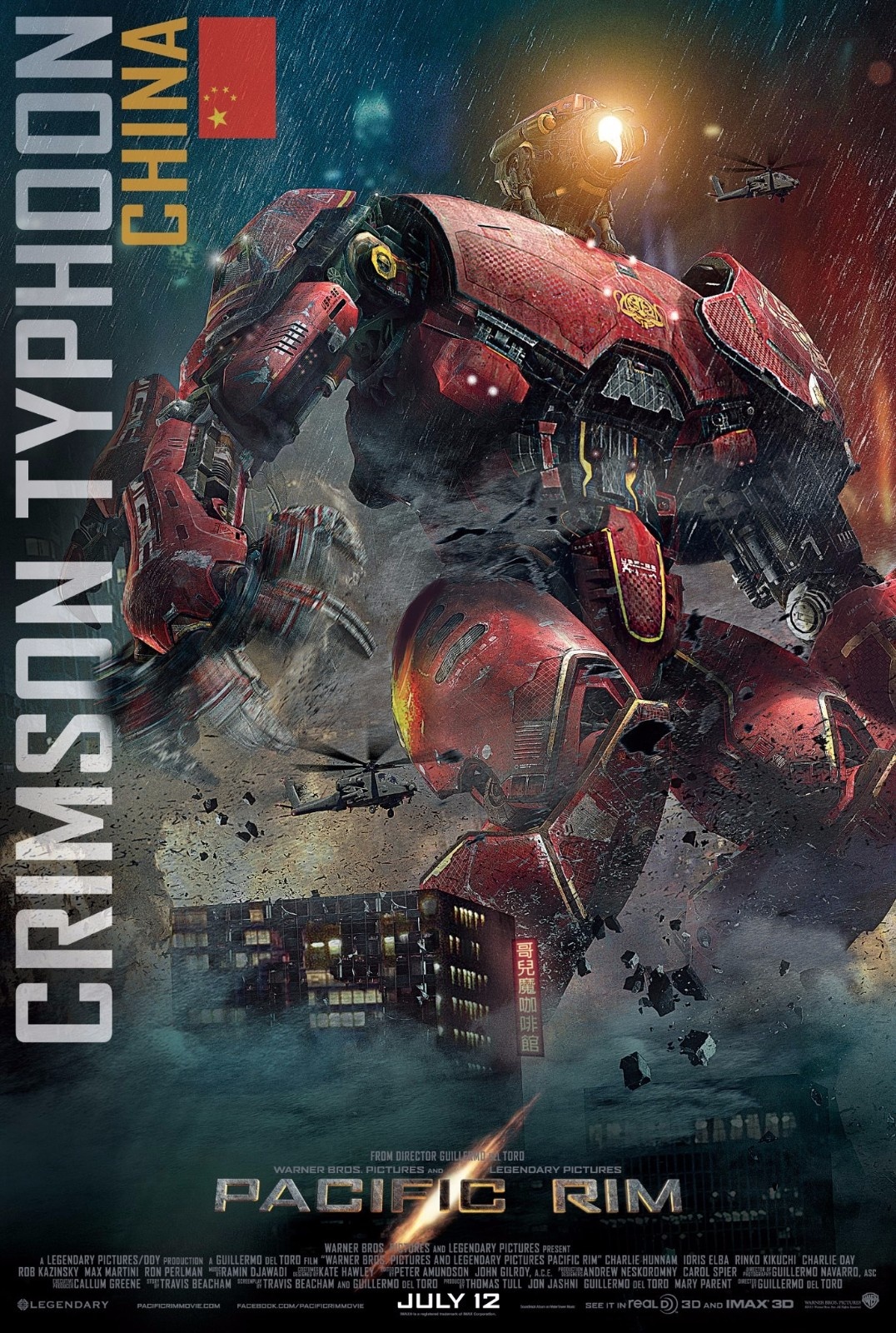
In michael bay, when the alien car people have been able to fly and roll in the fight flexibly, the "gyro" mecha are still walking at a step-by-step pace, and each punch that they swing slowly and firmly seems to really weigh a thousand tons. In terms of screen selection, Pacific Rim also repeatedly emphasizes the luster of the unique texture of metal and the shocking magnitude of the mainframe armor by giving more "close-ups" to the mecha, such as the cockpit and internal parts, and the special weapons and equipment used by each fighter, including the impact of the mechanical arm with the monster’s body and buildings during fighting.
Steven, as a baton receiver, once mentioned in an interview that he appreciates the style of "top" very much, and the monster world he created always reminds him of the works of H.P. Lovecraft, a famous American classical horror story writer in the last century. For the first episode of "Pacific Rim", Steven was also most impressed by the dark, humid and cold atmosphere in the film. But when he became the leader, he didn’t want to repeat this route, but hoped to bring a completely different sequel to the audience.
[The following involves spoilers]
One of the few heavy action scenes in the film took place in Sydney (clear sky), Siberia (snow-capped) and Tokyo (sunny). This shows Steven and the whole crew’s confidence in the production of special effects: when the light is sufficient and the vision is clear, every detail of the object will be presented to the audience 100%, so a little omission will be easily caught. The behind-the-scenes team of "Pacific Rim 2" really worked hard in this part.

Unlike the previous film, which was simply about monsters, this time director Steven joined the battle between the mecha according to the needs of the plot development, and the film once looked very much like "Pacific Rim: Transformers". However, compared with Kaiju’s "Tokyo War" in the second half, it is actually wonderful to recall the two encounters between the revenge wanderer and the villain "Obsidian" in Sydney and Siberia (at least the mech’s sense of mechanical strength can be perfectly displayed).
Choosing to place the final battle of Pacific Rim 2 in Tokyo is Steven’s absolute selfishness as a "Japanese anime fan". When he was young, he grew up watching Altman, Lava Ambassador and other works, and he had no resistance to "smashing" a city in the decisive battle. So when the four main mecha — — Revenge wanderer, Phoenix Guerrilla, Saber Athena, and Redeemer Titan went into battle collectively in the Tokyo team battle, making different killing skills against three high-level Kaiju. The appearance of this game really made up for the regret that there was no "team battle" in the previous work "Pacific Rim".

However, even though the huge steel warrior and the giant monster who finally realized the "three-in-one" shuttled and fought among the high-rise buildings, the screen seemed to be full of the shadow of "the special film of Altman shooting small monsters that we chased together in those years", but frankly speaking, this scene of "Pacific Rim 2" is just a completely superficial copy of "tribute" to the mecha department and the monster film. The so-called "clear at a glance" bright special effect, on the contrary, adds a strong "plastic feeling" to the whole scene because it cannot highlight the light and shadow changes of the metallic luster on the surface of the mecha.
The "mech feelings" once conveyed by the dark, cold and metallic pictures in Pacific Rim, as well as the desolation and weight sense of the mech soldiers in the doomsday war, have disappeared in the sequel. For the audience who know this series for the first time, perhaps "Pacific Rim 2" is another Hollywood sci-fi blockbuster they saw when they walked into the cinema, which is nothing unusual. But for fans who like the previous work, director Steven may subvert all the valuable cores in a work.
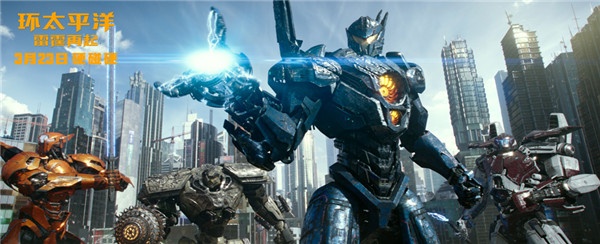
At present, the rating of "Pacific Rim: Thunder Comes Again" on Douban Platform has fallen below the passing line, and the rating of the audience on the ticketing platform is only 7.6, both lower than the previous work "Pacific Rim", which is exactly the same as the performance of the film after its release in North America.
At that time, it was pointed out that the simple and rude plot was the only obvious shortcoming of "Pacific Rim", and "Pacific Rim 2", which devoted its energy to "upgrading" in this respect, proved by facts that it was also wrong to blindly add a large number of new characters’ story lines and describe the protagonist’s growth experience in a large space.
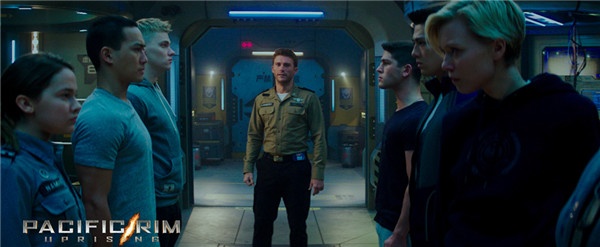
For the third film of Pacific Rim, which has been quietly foreshadowed at the end of the film, I hope the director can carefully consider the correct positioning of "Mecha movies": the development of human character plots can only increase the visibility of the film if it is closely related to the synchronous growth of Mecha. Of course, if the finished "Gyro" is willing to come back and continue to take over the "Pacific Rim" series, then things may be simpler.